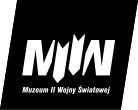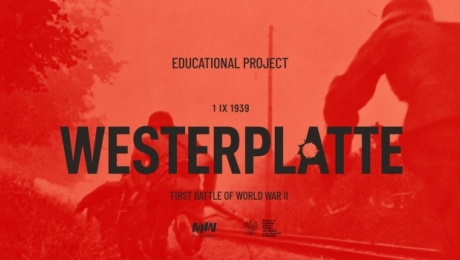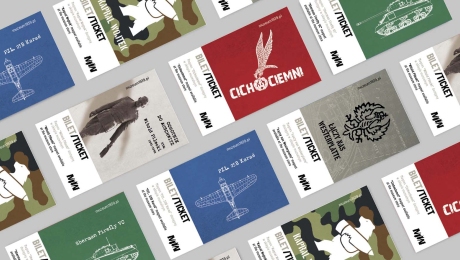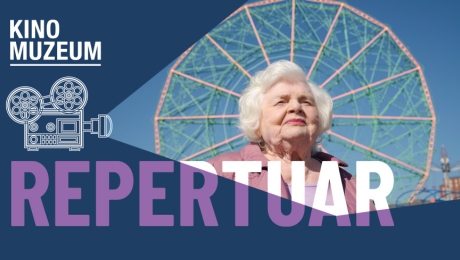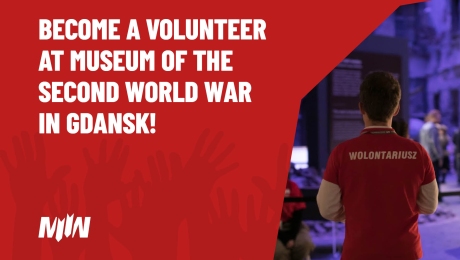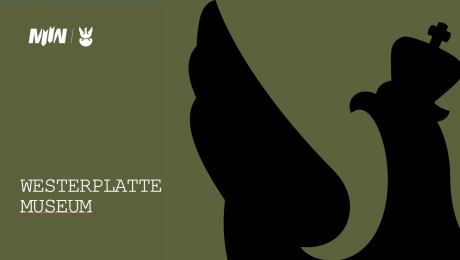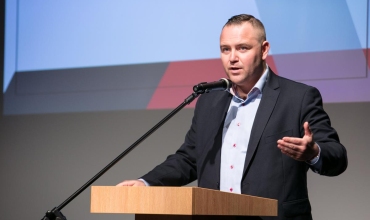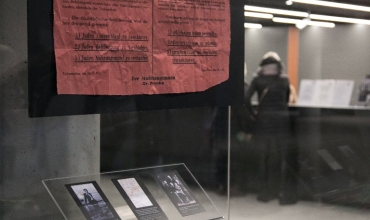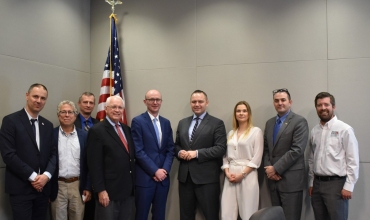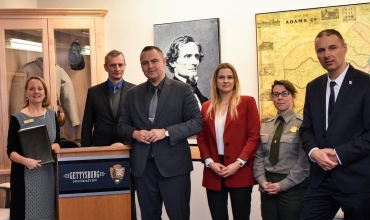News
W Muzeum II Wojny Światowej 3 marca odbyło się uroczyste wręczenie umów nowym przewodnikom. Z rąk Dyrektora Muzeum II Światowej dr Karola Nawrockiego dokumenty uprawniające do oprowadzania po gdańskiej instytucji odebrało kilkudziesięciu przewodników.
W Muzeum II Wojny Światowej 3 marca zaprezentowano kolejny eksponat miesiąca. W ramach cyklu przedstawiono pamiątki związane z pomocą, jakiej polska rodzina z narażeniem życia, udzieliła rodzinie żydowskiej.
A delegation from the Museum of the Second World War in Gdańsk visited the The National WWII Museum in New Orleans on February 21, 2018.
On February 19, 2018, a delegation from the Museum of the Second World War traveled to Gettysburg, Pennsylvania. There, it met a representative of the Gettysburg Foundation, viewed the Museum of the Civil War and visited the Gettysburg National Cemetery and monuments of the state of Virginia and General Włodzimierz B. Krzyżanowski..
On February 13, 2018, the delegation of the Museum of the Second World War met with Antoni Chrościelewski, commander of 2nd District of the Veterans Association of the Polish Army in New York, a participant in the Battle of Monte Cassino, a great patriot and social activist widely known in the Polish community.
The delegation of the Museum of the Second World War met with Father Łucjan Królikowski, a Franciscan from the Order of the Friars Minor Conventual, a great clergyman, a great patriot and an extraordinary witness to history.
On February 14, 1942, the Supreme Commander Gen. Władysław Sikorski established the Home Army (AK). It was a continuator of the Polish Victory Service (SZP) and the Union for Armed Struggle (ZWZ), formed to fight the German and Soviet occupying forces from 1939.
As part of publicising the events and tragedy of the Jewish population, Maria Kann, acting in the Council for Aid to Jews, as "Żegota", wrote a brochure containing a description of the creation of the Jewish resistance and the uprising in the Warsaw ghetto.
As part of the activities informing about the fate of the Jewish population, the Home Army published in November 1942 a booklet titled: "Liquidation of the Warsaw Ghetto. Reportage". The author of the booklet, which was printed in underground conditions in 2,000 copies, was Antoni Szymanowski, alias Brun.
